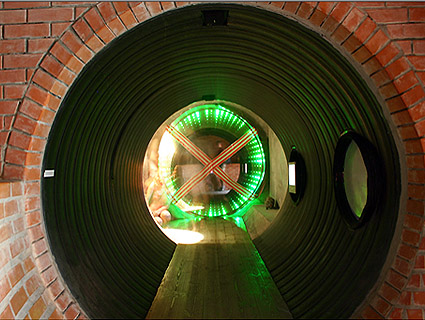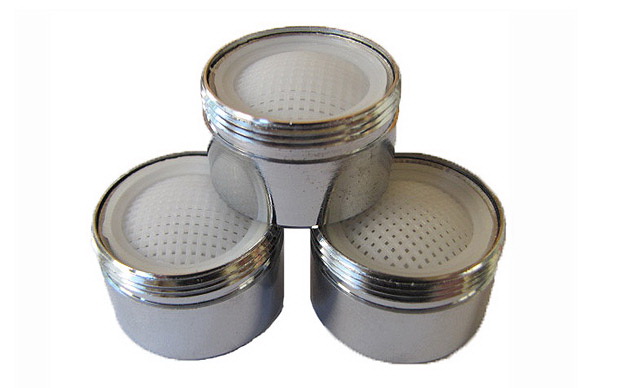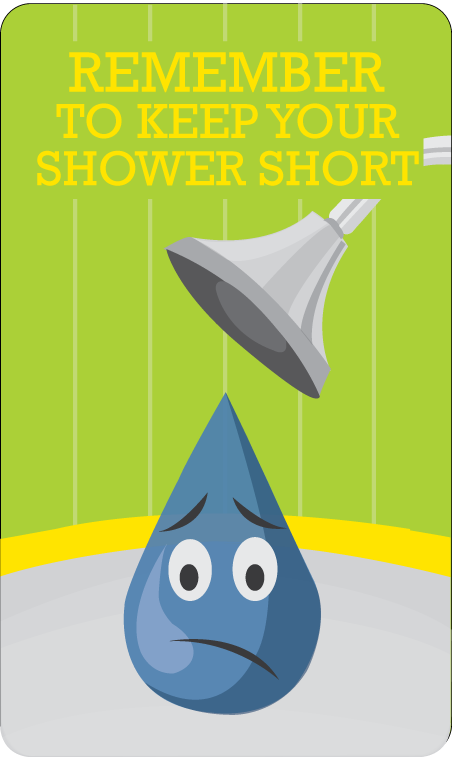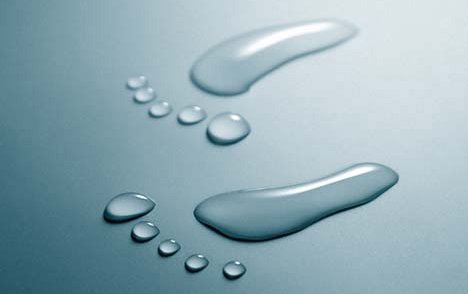Russia
The Water Universe Museum in St. Petersburg is located in an old water tower and in a a former a water storage reservoir at the Main Water Supply Station. The Interiors of both buildings are original. The Water Tower Exhibition is dedicated to the history of water supply from the 18th century to modern times. Water wells and wooden pipes, copper sinks and ceramic water dispensers are exhibited in the tower.
The Underground World of St. Petersburg invites us to follow the way of water from the water stations to households and back to the sewage treatment plants. The Universe of Water exhibition tells visitors about the power and value of water, and its mystical and metaphysical features.
Belarus
A new Museum of Water recently opened in Minsk, the capital of Belarus. It covers several themes – rivers, lakes, reservoirs, ground water, siliceous water and other mineral waters. Exhibitions also show the history of hydrology research, water supply and wastewater treatment.
Ukraine
The Water Museum is one of the most popular museums in Kiev. It was founded in 2003 in a disused water tower which is more than 130 years old.

In the museum, which is situated underground, there are huge aquariums, a working model of an artesian well, a gigantic toilet bowl, a sanitary sewer and a magic grotto with a waterfall, real rain, electric storms and thunder. Read more












